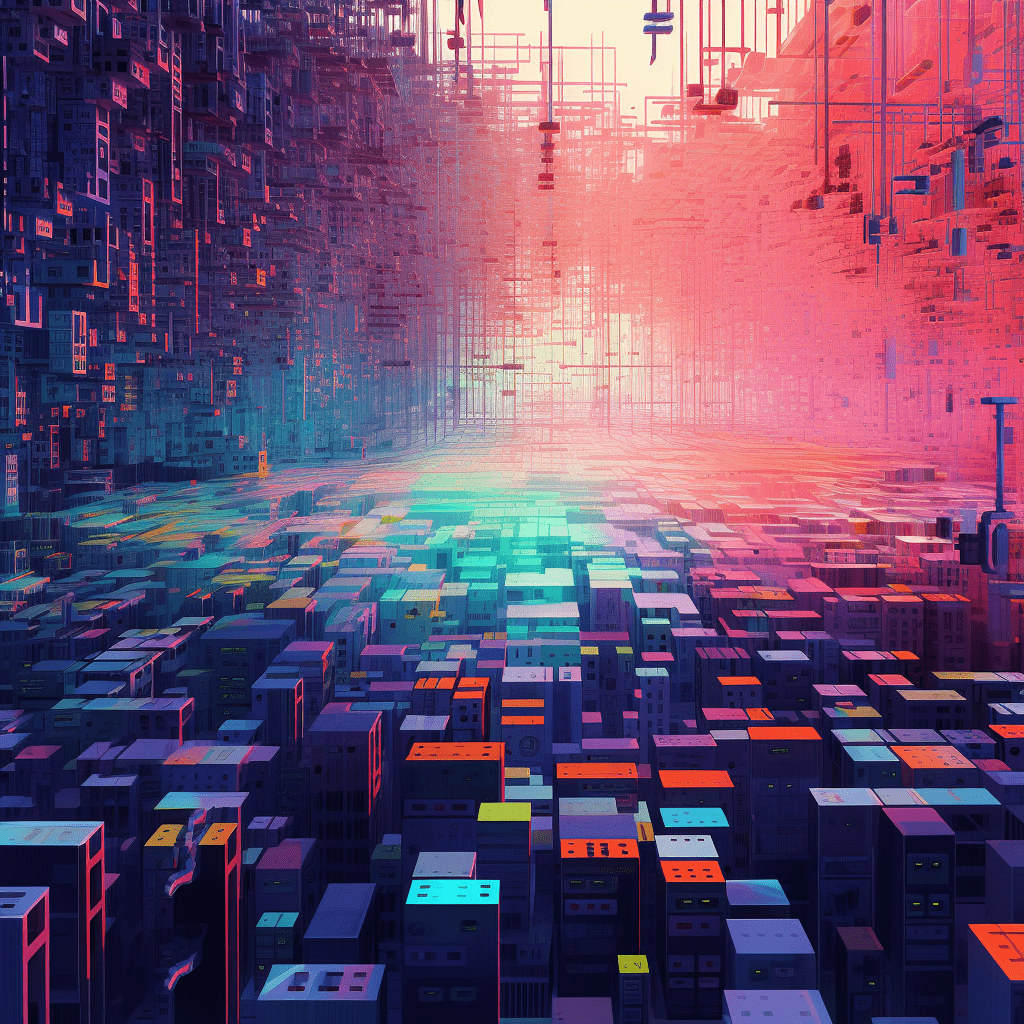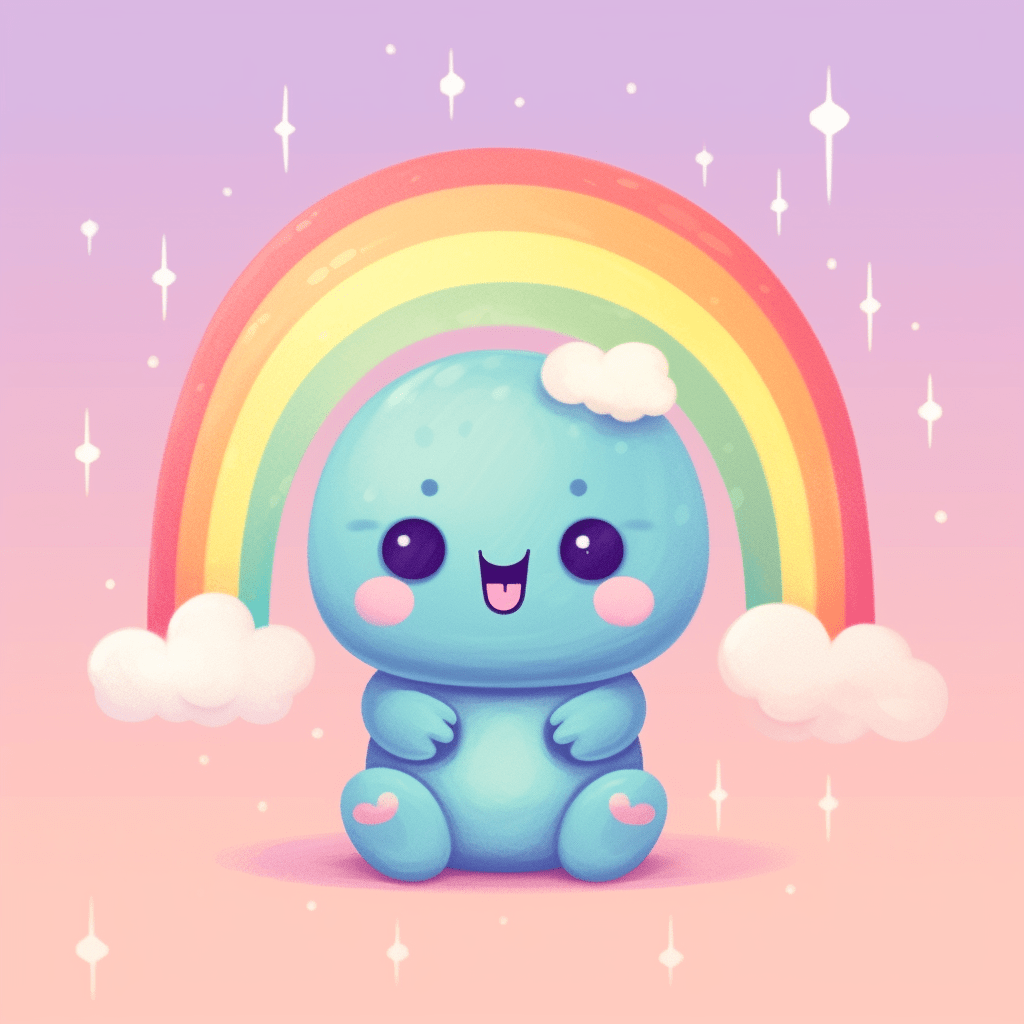Artistry and creativity are universal aspects of human nature, but artists often struggle to gain recognition or earn a sustainable income from their work. However, with the rise of blockchain technology and NFTs (Non-Fungible Tokens), artists now have an innovative way to monetize their creations.
The ability to generate NFTs has revolutionized the creative landscape by providing artists and creators with new opportunities for income, recognition, and creative freedom. This article will delve into how generating NFTs can empower artists and creators, and why it’s becoming an increasingly popular method of support for the creative industry.

NFTs: A New Revenue Stream for Artists and Creators
Before diving into how NFTs can support artists and creators, let’s quickly recap what they are. An NFT is a digital asset that represents ownership or proof of authenticity of a unique item or piece of content, powered by blockchain technology. By tokenizing their work as NFTs, artists and creators can sell their creations directly to collectors or fans, bypassing traditional intermediaries.
The most significant advantage that NFTs bring to artists and creators is the potential for new revenue streams. Artists can generate NFTs from their work—be it digital art, music, writing, or any other form of creative content—and sell them in various online marketplaces. The uniqueness of each NFT makes them valuable to collectors, often leading to sales at higher prices than conventional artwork. Some artists have made millions from NFT sales, creating a new and lucrative revenue stream that was previously unattainable.
Increased Visibility and Recognition
Another way that generating NFTs supports artists and creators is by increasing their visibility and recognition. Traditional art markets often rely on gatekeepers—gallery owners, critics, and agents—to decide which artists get exposure. This model often makes it challenging for emerging artists to gain recognition.
NFT marketplaces democratize this process. They allow artists to reach a global audience, enhancing their exposure and enabling direct interaction with collectors and fans. Furthermore, the hype and excitement around NFTs in the media and popular culture have led many people to explore these marketplaces out of curiosity, leading to even more visibility for artists.
Residual Earnings and Creator Rights
Perhaps one of the most revolutionary aspects of NFTs is the ability for artists to earn residual income from their work. Traditional art sales are one-time transactions; the artist sells the artwork and receives payment, but they do not benefit if the artwork appreciates in value over time. This is not the case with NFTs.
When artists generate NFTs, they can program royalties into the smart contract of the token. This means that they will receive a percentage of the sales each time the NFT is resold in the secondary market. This ability to earn residual income is a game-changer for artists and creators, as it can provide sustainable income over time, even long after the original sale.
Moreover, this feature also allows artists to retain more control over their work. In the traditional model, once an artwork is sold, the artist typically has no say in how it’s used or resold. However, NFTs can be programmed with certain restrictions or rights, giving artists more control over how their work is used.
Enabling New Forms of Creativity

The digital nature of NFTs is also spurring new forms of creativity. Artists are not limited to traditional art forms; they can generate NFTs from virtually any kind of digital content. This freedom has led to an explosion of creativity in the NFT space, with artists creating everything from animated GIFs to virtual reality experiences.
Moreover, NFTs also allow for interactive and evolving art pieces—pieces that can change or grow over time, react to their owners, or incorporate elements of gamification. This not only pushes the boundaries of what we traditionally think of as “art,” but also offers unique experiences to collectors, further enhancing the value and appeal of NFTs.
NFTs and the Social Impact on the Creative Community
While the financial implications of NFTs are significant, they are also having a social impact on the creative community. NFTs have the potential to foster a sense of community among artists and creators. As artists generate NFTs, they can build and engage with a community of collectors and fans. These communities can offer artists valuable feedback, support, and the chance to collaborate with other artists or their fans.
Moreover, NFTs can also be used as a force for good. Artists have the option to donate a percentage of their NFT sales to charities or causes they care about, thus making a positive impact. This can help artists feel more connected to their work and their community, knowing that their creativity is making a difference.
The Future of NFTs for Artists and Creators

While NFTs are an exciting new avenue for artists and creators, it’s important to remember that like any new technology, they come with their own set of challenges and considerations. There are questions around copyright, ownership, and the environmental impact of blockchain technology. These issues need to be addressed to ensure the sustainable growth of this ecosystem.
Despite these challenges, it’s clear that NFTs are changing the way we think about art and creativity. They’re not just a new way to generate revenue—they’re reshaping the relationship between artists and their audience, giving creators more control, and offering new opportunities for creative expression.
Ultimately, the ability to generate NFTs is empowering artists and creators in unprecedented ways, redefining the value of art and creativity in the digital age. As we move forward, it will be exciting to see how this space continues to evolve and the new opportunities it will bring for artists and creators worldwide.
